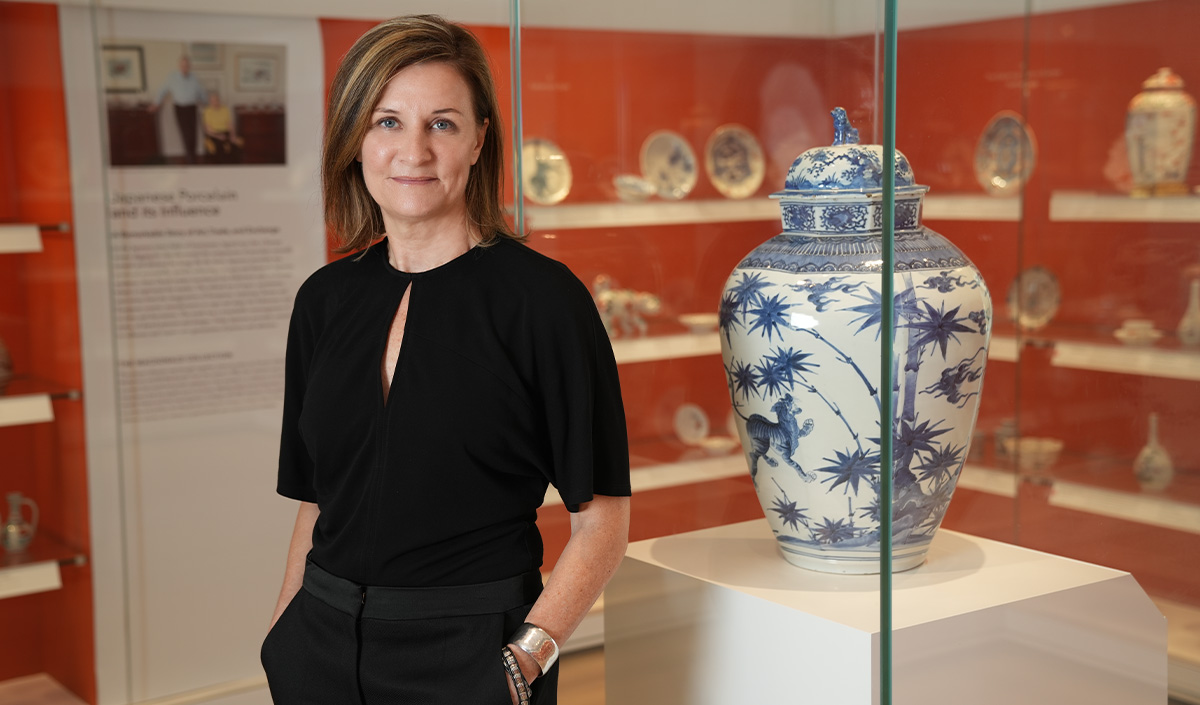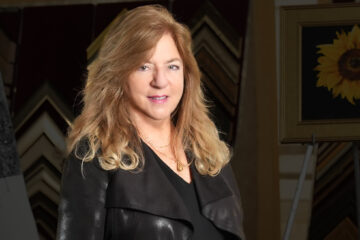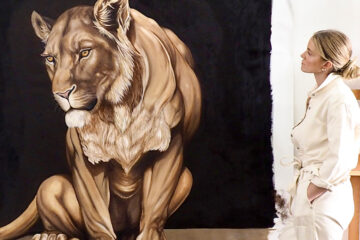Embracing a Prominent History and a Promising Future
Since 1984, the Gardiner Museum of Ceramic Art has united and inspired communities, and its future is set to offer up new wonders.
The Gardiner Museum has served as a beacon of inspiration and art history and serves up transformative experiences for those who set their eyes on its breathtaking collections. Located in the heart of downtown Toronto, its curated collection of over 5,000 objects from the ancient Americas, Europe, Japan and China, as well as contemporary works focused on leading Canadian artists, has established it as one of the world’s most notable specialty museums.
“We want to build community with clay while making sure we are accessible to people in a way that they feel welcome,” says Gabrielle Peacock, the executive director and CEO of the Gardiner Museum. She reflects that her childhood path inevitably led her into the art world and a 30-plus- year career in the private and public art sectors. For years as a child she’d travel the world with her mother, an interior designer and writer, and her father, an artist and creative director for advertising, as they restored old homes and collected antiques.
“I can’t tell you how many antique shops I wandered through. Our home was always filled with art,” says Gabrielle.
Gabrielle joined the Gardiner in February 2023 and was honoured to join its family. The museum is prominently situated on Queens Park just south of Bloor Street West. The Gardiner Museum family is small, made up of a collaborative creative group of people who all have very specific expertise. Gabrielle notes, “One of the reasons that I was so excited to join the Gardiner is its size. It allows us to be very agile and creative.”
Although they are small in number, their level of passion and commitment to art, history and community engagement is unparalleled. In the museum, visitors can enjoy delicious food at Clay Restaurant, a wonderful museum shop, in- house catalogues, curated shows and a variety of clay classes from handbuilding, wheel throwing, stoneware, mindfulness and more.
“We organize and run all these independent yet very connected outlets to carry out our unified vision … to really engage with people and get them excited about clay, and find a way to resonate with them,” says Gabrielle.
Moreover, she is thrilled to be a part of this exciting moment in the Gardiner’s history, with the receipt of $9 million from the Radlett Foundation, the largest single gift it has received since the museum was founded by George and Helen Gardiner. The donation honours the memory of the late William B.G. Humphries, who established the Radlett Foundation and had made a lifelong commitment to the collection and presentation of ceramics.
“I don’t do things unless I put in 200%, and, with this amazing gift, we’re going to be able to transform this space for everyone we welcome here,” says Gabrielle.
This gift alone will catalyze a full-scale visionary expansion of the Gardiner Museum’s ground floor. This includes the construction of a new fully equipped “makerspace” and a community engagement centre. At the heart of the renovations is a focus on how the museum wants its guests to experience everything from the moment they walk through the door, nothing short of an immediate feeling of interconnectedness with the collections.
“We want the whole space to flow, feel open and have sightlines so guests can see right into the gallery. We want the new makerspace to be placed right where guests enter so it will encourage them to join a drop-in class, maybe watch an artist in residence or admire a wall of freshly made pots and cups by the children,” says Gabrielle.
Along with the entire ground-floor transformation, the Gardiner will feature a special gallery of Indigenous ceramics at its centre to pay tribute to Mr. Humphries’ legacy of unwavering support for Indigenous communities. Gabrielle adds. “To begin collecting contemporary Indigenous ceramics is very exciting for us. It’s not an area of our collection where we have a large representation. So we’re overjoyed that we are going to be able to do that. This opportunity is once in a generation.”
The Gardiner Museum of Ceramic Art is embarking on a fundraising campaign that will invite its donors, partners, volunteers and the broader community to be part of this visionary transformation.
For four decades it has been revolutionary, changing the perception that cultural institutions are more than repositories for relics. It is a home for adults and children to gather, share ideas, create and inspire artistic expression.





















































































